Andy Warhol: A Very Successful Art Thief
“Everything wrong with culture is Andy’s fault”. - Fran Lebowitz
The week I sat down to write this piece, Andy Warhol’s 1963 White Disaster, a 12ft tall print of a fatal car crash plastered 19 times all over a canvas all in black and white, sold for an incredible £72 million, making this one of Warhol’s highest selling pieces of work. The very next day, climate activists in Milan vandalized Warhol’s sculpture The Car, by completely covering it in flour. All of this Andy Warhol content led me down a Campbell’s-soup-can-shaped rabbit hole in which I discovered that not only was Andy Warhol someone who exploited and manipulated the people closest to him for money, which ultimately ended in him being shot by a fellow artist and playwright, but he also appropriated and outright copied a lot of his most popular work from other artists.
There is no denying that Andy Warhol revolutionized the art world and was one of the pioneers of modern art. His art, movies, music, fashions and work for interview magazine changed the culture we live in, and he truly was a massive part of history. However, the question has to be asked, is his extreme popularity a result of the racism and sexism of the era that excluded other equally revolutionary artists? And is this how he managed to still be a leading figure in the art world despite stealing ideas and concepts from his peers and using them as his own?
Andy Warhol is no stranger to the accusation of art plagiarism with there being more than one case where his art has landed him a lawsuit. In 1964 the iconic Flowers made its debut at the Leo Castelli gallery in New York, a place where many of Warhol’s works were exhibited. Flowers originally started as one silkscreen painting of hibiscus flowers which soon turned into enough paintings to cover a whole wall and has since gone on to be one of the most defining pieces of his career being one of the artworks he’s most known for.
There’s only one problem, Warhol stole the original photograph of the hibiscus flowers from photographer Patricia Caulfield after seeing it in a photography magazine and copied it completely without permission. This resulted in Andy Warhol’s very first lawsuit which he subsequently lost, resulting in Patricia Caulfield being awarded $6000, two original prints of the artwork, and royalties on all future sales. However, even though the idea behind this piece was completely stolen by Warhol, it remains one of his most popular works and the question has to be asked, is this due to the sexism that was woven into 1960s culture and society?
In December of 1964, Andy Warhol attended the first solo exhibition of fellow artist Yayoi Kusama, a Japanese artist who nowadays is best known for her use of brightly coloured polka dots in her works. The main instillation of Kusama’s 1964 exhibition was her piece named Aggregation: One Thousand Boats Show which was a picture of a boat that she reproduced one thousand times into a kind of wallpaper and with it covered the walls, floors, and ceilings of the gallery.
Warhol took a liking to this piece and even told Kusama that it was fantastic and he “liked it so much”. Two years later in April 1966 Warhol unveiled his newest instillation Cow Wallpaper which, as you may have guessed from the name, featured the same picture of a cow repeated over and over again and made into a wallpaper.
Warhol gave no credit to Yayoi Kusama for the idea which shocked Kusama and led her to cover all the windows to her studio so that no one else could steal any of her ideas. An art curator featured in the documentary Kusama – Infinity, a film about the works of Kusama, said that “she was making a work of equal importance, but wasn’t getting the same kind of backing. Sexism plays a role in this. And maybe racism as well.”
There is a thin line between finding inspiration within your peer’s artwork and blatantly stealing their idea for yourself. Roy Lichtenstein was a friend of Andy Warhol and a fellow artist who is described as the leading figure in the pop art movement. Liechtenstein was first introduced to Warhol in 1961 at his own art show in New York where Lichtenstein first showed his idea of pop art through parody by displaying iconic figures like Mikey Mouse in vibrant bright colours and in strange settings. The very next year Andy Warhol started printing iconic figures like Marilyn Monroe and Elvis Presley, in vibrant bright colours, a very unique and recognisable concept, I wonder where he got that idea from?
Perhaps not within the same vein as copying artwork, Andy Warhol was well known for exploiting the people around him for his own personal gain and then quickly dropping them when someone new comes along. Edie Sedgewick was, and still is known as Andy Warhol’s biggest muse. A young woman he completely used and took advantage of for his own benefit.
Being used and exploited her for her beauty at a young age - being only 21 when she met 36-year-old Warhol - drove Edie to a drug addiction which ultimately killed her. Warhol was infatuated by Edie when they first met, he instantly cast her in a variety of his movies and she was quickly named one of Andy Warhol’s superstars, if you didn’t want to be her, you at least wanted to be friends with her.
Within one year of knowing Warhol, Edie Sedgwick had performed in 10 of his movies. Keeping up with the excessive workload and newfound popularity spiralled Sedgwick into a world of drugs that Warhol did nothing to stop. Edie quickly lost faith in Warhol’s work and even confronted him claiming that he was making a complete mockery of her. Warhol knew that Sedgwick struggled with her mental health and had developed a dependency on drugs, he knew she was spiralling out of control when he asked a friend “do you think Edie will let us film her when she commits suicide”. This absolutely disgusting statement made by Warhol shows he had no interest in her as a person and only cared about exploiting her for his own personal gain.
This is not the first time that Warhol exploited one of his personal friends for financial and cultural gain. In 1968 Andy Warhol was shot by fellow artist and playwright Valerie Solanas after she believed he was stealing her ideas. Solanas came to Warhol asking for him to produce a play he had written, a few weeks later Warhol claimed that he had lost the script, when in reality he had kept it, and so for compensation hired her to perform in his film I, a Man and paid her a measly $25 for her work.
Warhol thought Valerie Solanas was a great talker and even started recording their calls and conversations which he would then use within the scripts of his movies, uncredited of course. As Warhol distanced himself from Solanas, as he did with so many of his Muses, she became paranoid that he was stealing her ideas. This paranoia drove Solanas to show up to Warhol’s studio, the factory, and to fire three shots, one of which hitting Andy Warhol and damaging his internal organs. The little care that Warhol seemed to have for the people in his life shows that he is definitely not the idol that some people in the art world see him as.
As Andy Warhol’s art career progresses verifying the authenticity of a Warhol piece became, and still is, difficult. From 1970 onwards, his pieces were made in an external studio that he very rarely would visit. Warhol would have others do the work for him by sending only a rough template for the prints, and then would sign the finished work when they were sent to him. This is not so much copying work from other artists but could be argued it is committing a type of fraud. Warhol who would use the silkscreen method of printing to parody the industrial, factory produced art, ended up completely relying on this method so others could make his work for him, completely making a mockery of the art world. Again, the fact that this was common knowledge but that Warhol’s paintings were still selling could be a result the political climate at the time, the white man selling art would always be more popular than the woman, or the person of a different ethnicity to white.
The most recent accusation of art plagiarism Warhol has faced was in 2016 when photographer Lynn Goldsmith claimed that Warhol used her photograph of Prince without permission with the case being settled in the American supreme court earlier this year. This is because in 1984 magazine Vanity Fair licenced one of Goldsmiths photographs of singer Prince. Vanity Fair then commissioned Andy Warhol to create an illustration of this photograph to go along with an article about Prince. Andy Warhol did so, but then went on to create 16 more works based on the photo which he did not have permission to use.
Ultimately, Warhol’s version of the Prince photograph became much more popular and recognisable than the original photo taken by Goldsmith, with Judge John G. Koeltl making the point that the prints are “immediately recognisable as a ‘Warhol’ rather than as a photograph of Prince”. This reasoning is why Goldsmith actually lost this lawsuit.
Journalist, novelist, and friend of Warhol, Fran Lebowitz once said on live tv that “Everything wrong with culture is Andy’s fault”. This can be interpreted in many different ways however it could be the fact that he allowed himself to take credit for art and concepts that were not his own and exploited vulnerable people for his own gain, Or perhaps it’s to do with the fact that he took advantage of the sexism and racism that is embedded into culture and as a result is the reason for Andy Warhol’s immense success.
- Jodie <3




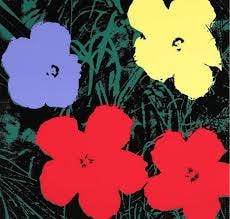

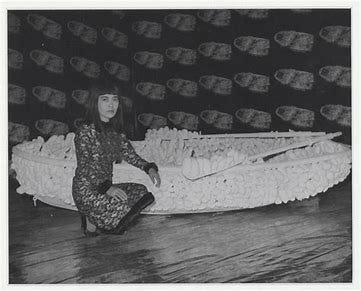
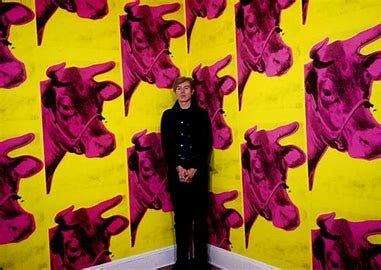
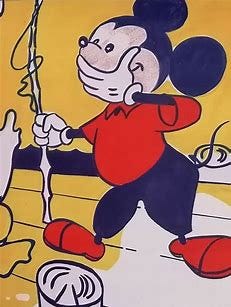
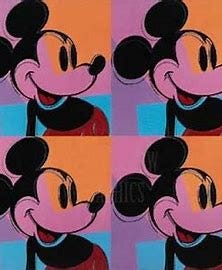
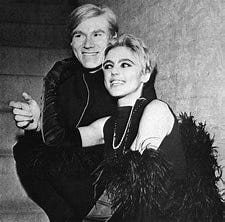
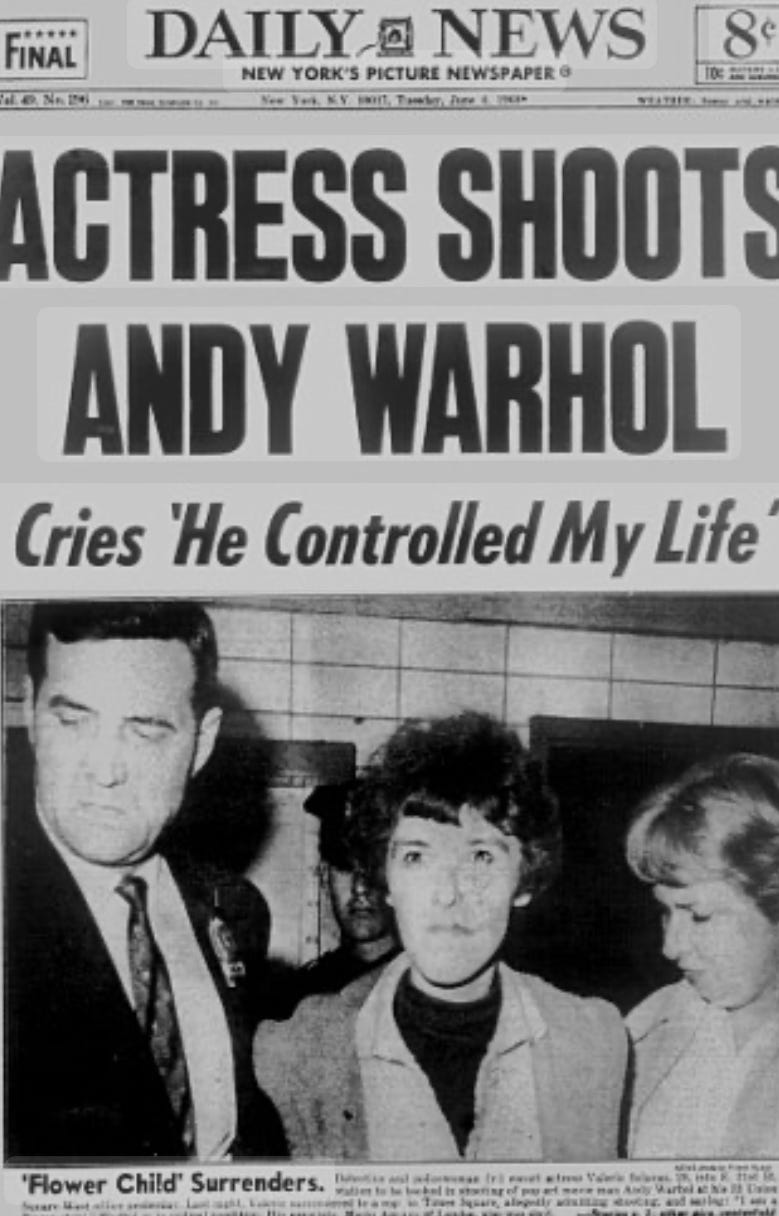
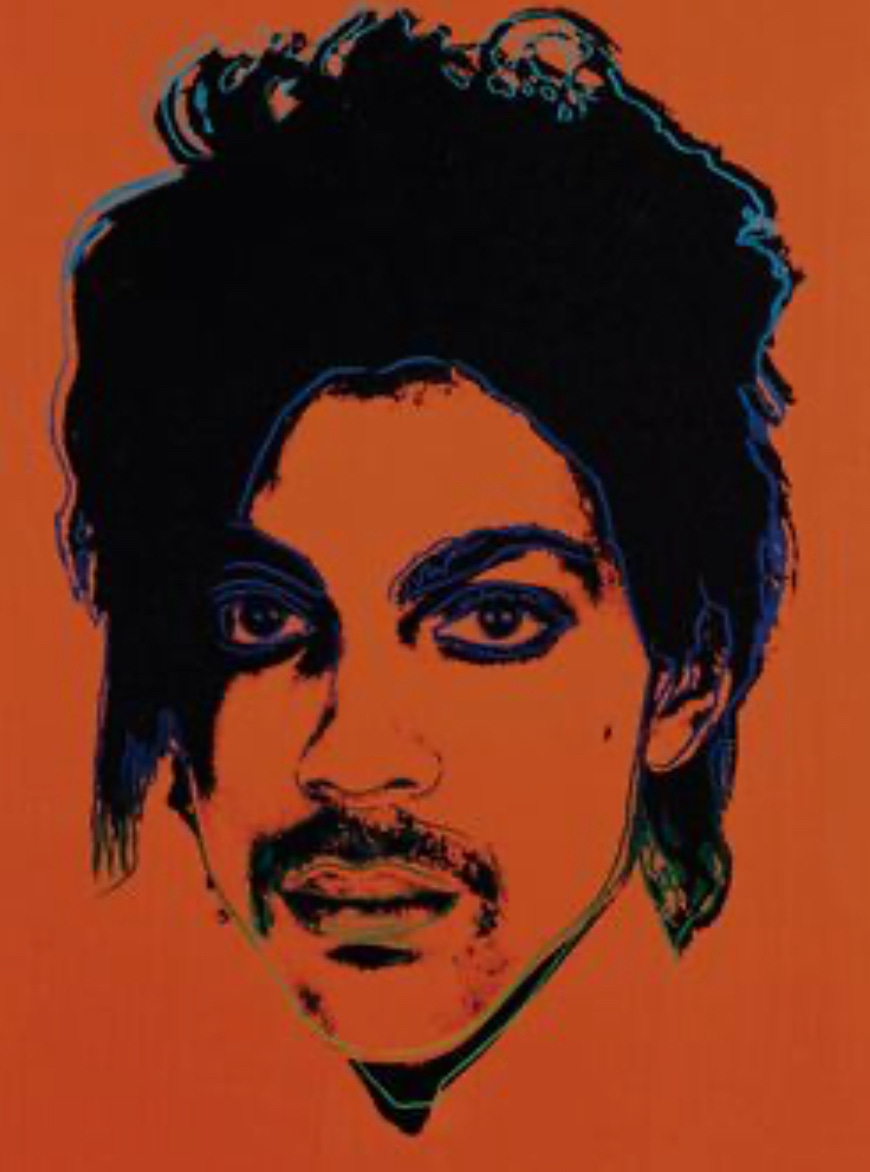
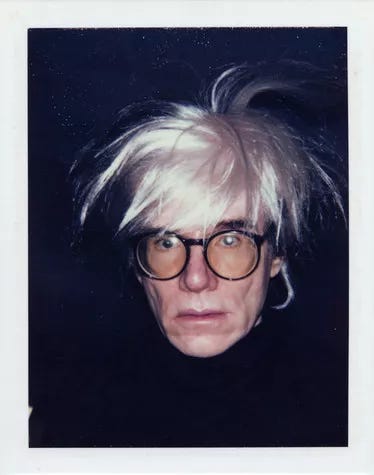
This was such an interesting read I didn't know about this before!!